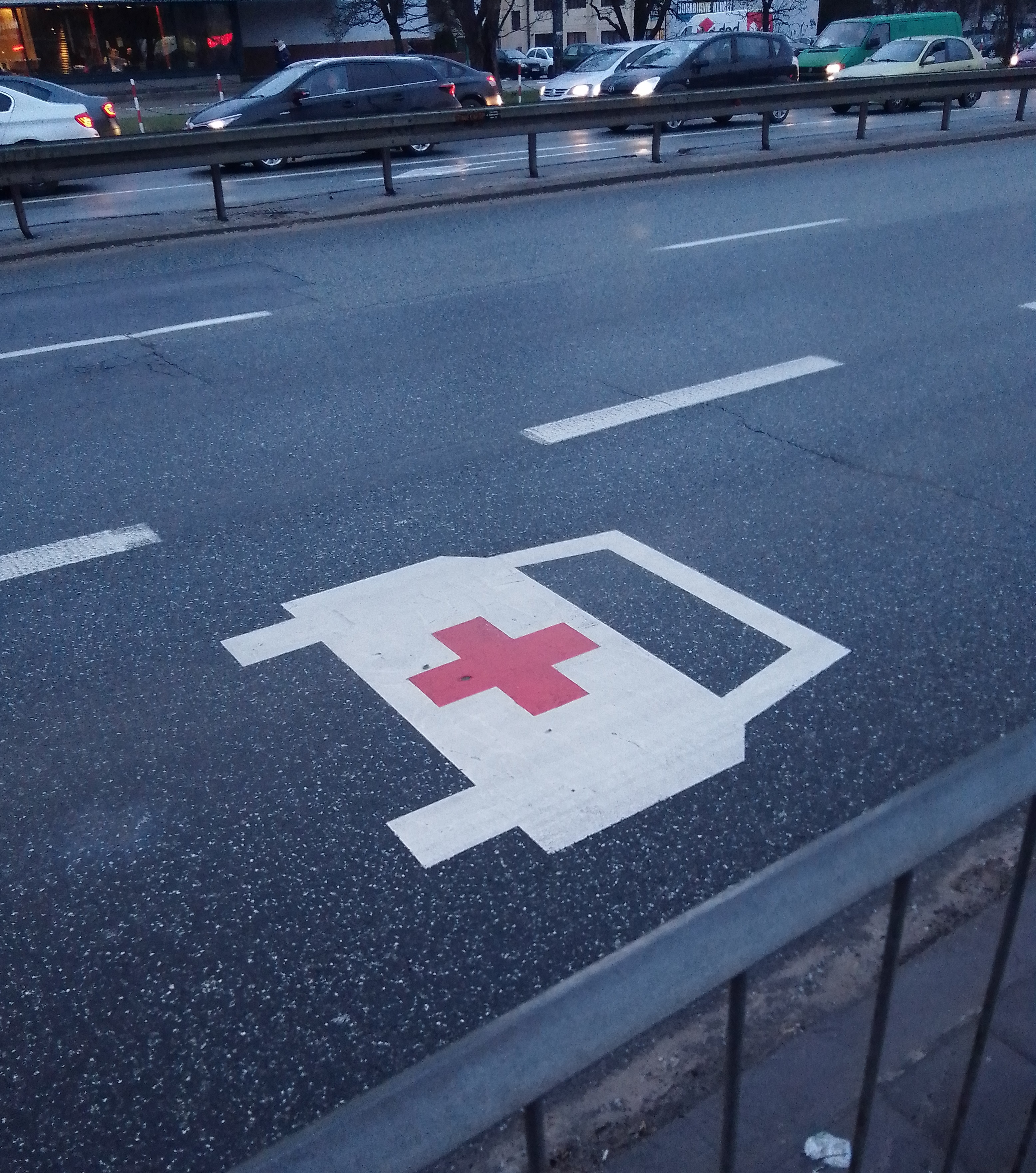 |
| An avenue does not have to be intended for vehicles, such as this avenue at Alexandra Park, London |
An avenue is defined as a broad road in a town or city, typically having trees at regular intervals along its sides. "The beautiful tree-lined avenues that lead to the city park."
In the early 17th century, the word comes from the French, feminine past participle of avenir ‘arrive, approach’, from Latin advenire, from ad- ‘towards’ + venire ‘come’.
Though it is not always the case now, once an avenue led to something in particular. Today, most people would probably define an avenue as "a big street."
Avenue can also be more figurative and mean a way of approaching a problem or making progress toward something, which clearly is similar to the literal roadway. "the scientists are exploring three promising avenues of research into a cure for the disease."
In prehistoric archaeology, an avenue is a long, parallel-sided strip of land, measuring up to about 30m in width, open at either end, with edges marked by stone or timber alignments and/or a low earth bank and ditch. These avenues are thought to have been ceremonial or processional paths and to be of early Bronze Age date. They seem to have been used to indicate the intended route of approach to a particular monument. Examples in Britain include Stonehenge Avenue, and Beckhampton Avenue and West Kennet Avenue at Avebury. An example in Ireland is the avenue going up the Hill of Tara.
A street is defined as a public road in a city or town, typically with houses and buildings on one or both sides.
The Old English strǣt, of West Germanic origin, from late Latin strāta (via) ‘paved (way)’, the feminine past participle of sternere ‘lay down’.
You have probably been on a smaller street that was called a "lane." A lane is defined as part of a roadway that is designated to be used by a single line of vehicles to control and guide drivers and reduce traffic conflicts. Most public roads - streets and avenues - have at least two lanes, one for traffic in each direction, sometimes separated by lane markings.
besides being a quaint little roadway, a lane can also be designated for a special purpose, such as for bicycles, buses or emergency vehicles.

No comments:
Post a Comment
All comments need to be approved by the admins. Spam will be deleted.